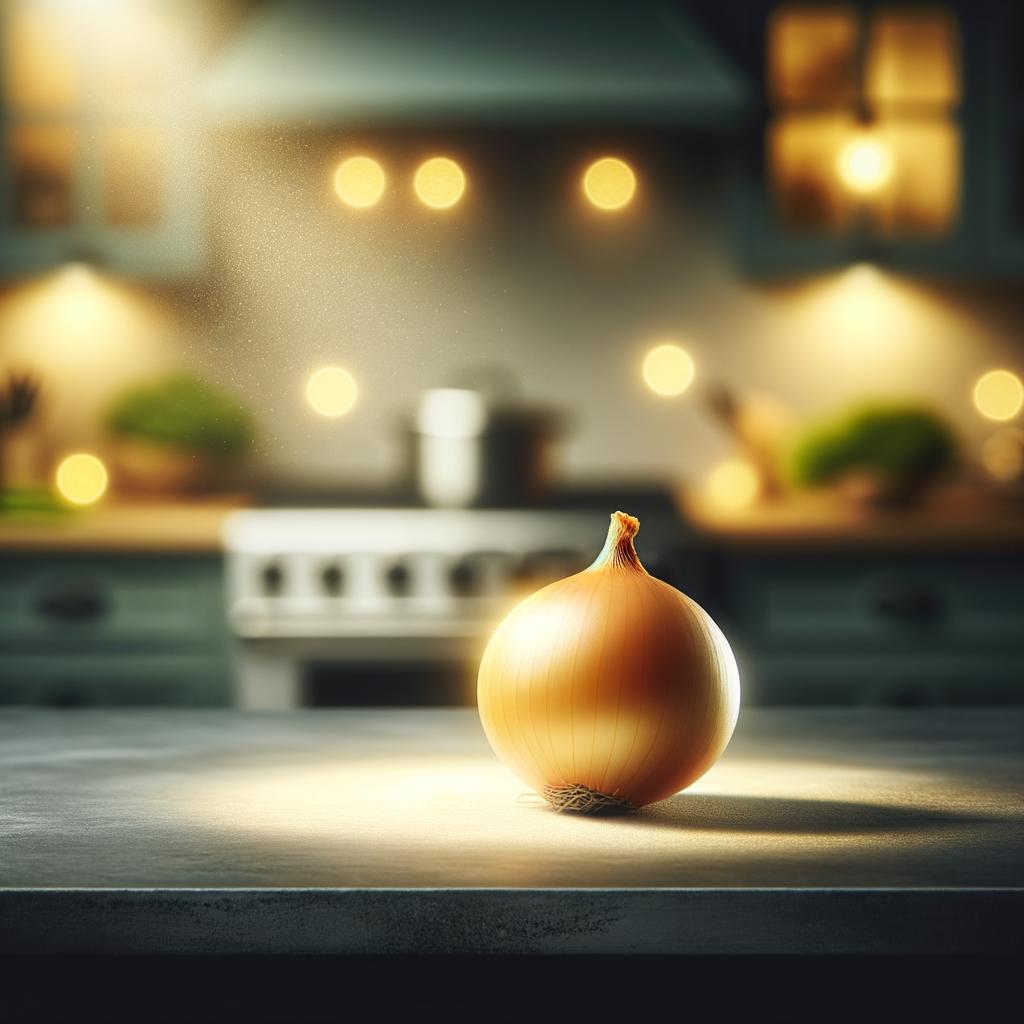Yellow Onion

Description
Meet the humble Yellow Onion, a ubiquitous culinary staple that adds depth and sweetness to a myriad of dishes. This allium family member is typically round or slightly oblong, adorned with a papery golden-brown skin that hints at the earthy, robust flavor within. The interior layers are a crisp, juicy white, releasing a pungent, sharp aroma when sliced. The flavor profile of a yellow onion is complex, starting with a sharp bite when raw, which mellows into a sweet, caramel-like flavor when cooked. Its unique characteristic is its high sulfur content, which not only brings tears to your eyes but also contributes to its potent flavor and aroma.
Primary Uses
Yellow onions are a versatile workhorse in the kitchen, used in everything from soups, stews, and roasts to stir-fries and sauces. They are a key component in many cuisines worldwide, from the French onion soup to the Indian curry, the Mexican salsa to the Italian pasta sauce. Beyond its culinary uses, the yellow onion also has medicinal properties. Its high antioxidant content aids in fighting inflammation, while its sulfur compounds are known to have antibacterial effects.
History
The yellow onion has a rich and romantic history, tracing its origins back to Central Asia over 5000 years ago. It was highly valued by the ancient Egyptians, who believed its spherical shape and concentric rings symbolized eternity. In the Middle Ages, onions were used as rent payment and wedding gifts. Over time, the yellow onion has traveled across continents, weaving its way into the food culture of many nations. A popular folklore in France tells of the pungent onion saving a small village from the plague, further cementing its status as a culinary and medicinal powerhouse.
Nutritional Information
Yellow onions are not only flavorful but also packed with nutrients. They are a good source of vitamin C, B vitamins, potassium, and dietary fiber. These nutrients contribute to heart health, aid in digestion, and boost the immune system. The sulfur compounds, responsible for their tear-inducing properties, also have potential anti-cancer and antimicrobial benefits. When compared to similar ingredients like red or white onions, yellow onions offer a higher level of these beneficial sulfur compounds, making them a nutritious addition to your meals.
So, the next time you slice into a yellow onion, remember you're not just cooking with an ingredient, but also a piece of history, a symbol of eternity, and a powerhouse of nutrients.

